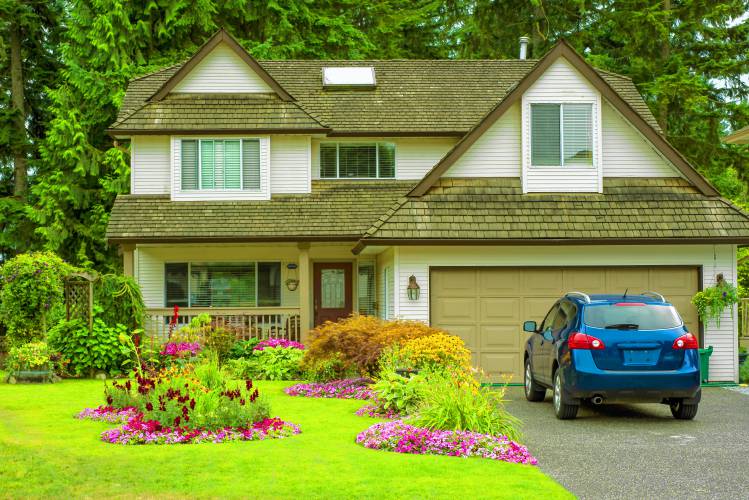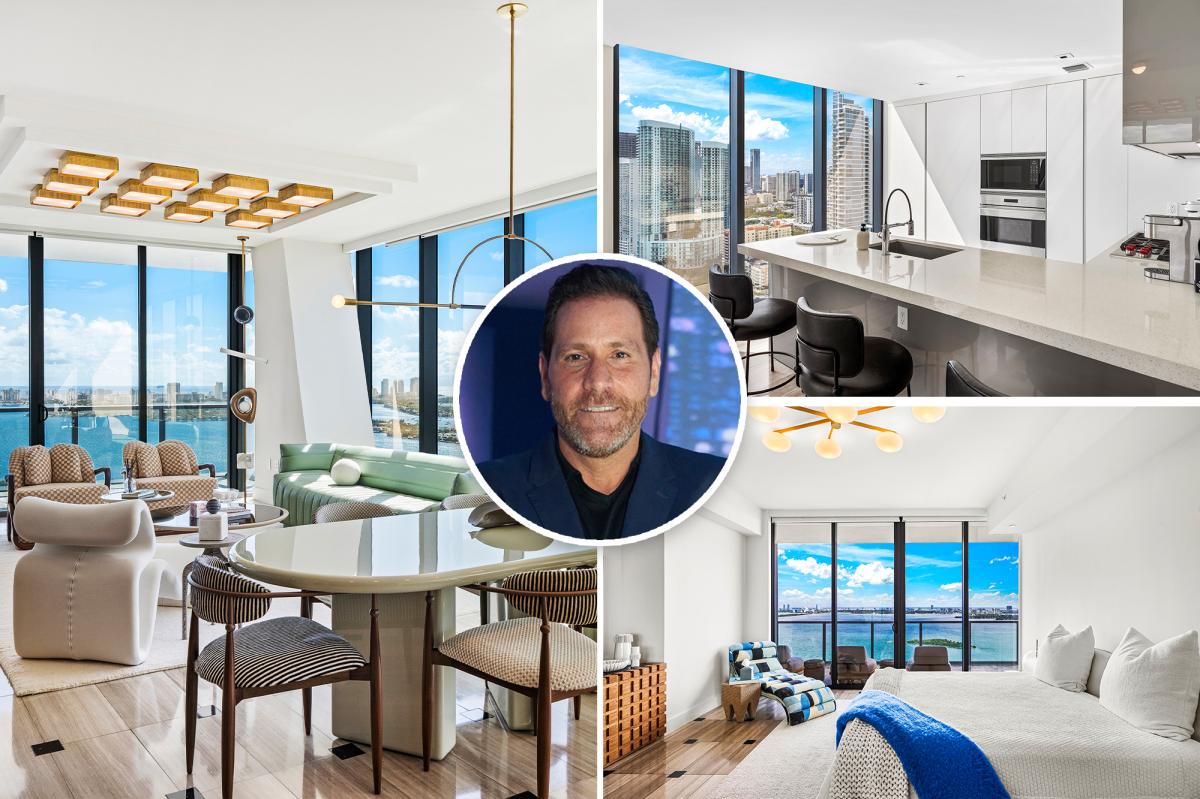T
enants quickly learn the amount and due date of their rent, yet many remain unaware of the full range of protections tied to that payment. In Massachusetts, the Sanitary Code (105 CMR 410.000) establishes the baseline habitability standards that landlords must uphold. If a unit falls short, tenants may formally request the landlord to remedy the deficiency within a reasonable timeframe.
The 34‑page code details minimum requirements for kitchens, bathrooms, ceiling heights, window size and placement, the number of electrical outlets per room, heating and hot‑water systems, lead‑paint hazards, ventilation, and the placement of smoke and carbon‑monoxide detectors. Attorney Richard Vetstein of the Vetstein Law Group notes that landlords are bound by these rules; if conditions dip below the code’s floor, the landlord must act. However, landlords need to be notified of problems and given a fair chance to correct them.
Boston’s most frequent complaints involve rat infestations, followed by chronic dampness, missing smoke or CO detectors, cockroach problems, and broken windows. Vetstein stresses that prompt, effective repairs benefit both parties: well‑maintained properties reduce tenant complaints, rent withholding, and legal disputes. He recommends that landlords conduct thorough inspections during tenant turnover, checking all systems, appliances, detectors, windows, and potential leaks. A professional assessment can catch issues before a new tenant moves in, preventing rent delays.
If a landlord refuses to fix a violation in Boston, tenants can file a complaint through the city’s 311 system. Other municipalities direct complaints to the local Board of Health, which will investigate and, if warranted, issue repair orders. In extreme cases, the board can condemn or even demolish a property. A Boston spokesperson reported that 53 % of complaints received in September were resolved.
Harvard University’s Tenant Advocacy Project, led by senior clinical instructor Gary Allen, advises tenants to notify landlords in writing as soon as a potential code violation is identified. Written notices create a record of the request and the landlord’s response, if any. While tenants are encouraged to collaborate with landlords to resolve issues, the process does not always result in timely repairs.
When landlords fail to respond or act, tenants should approach the local Board of Health. Boards are required to conduct inspections upon complaint, issue repair orders, and perform follow‑up checks to ensure compliance. If landlords remain non‑cooperative, boards can seek court enforcement. Allen notes that most cases are resolved through mediation rather than litigation; judges tend to refer disputes to mediation unless the problem is severe.
Some landlords mistakenly believe low rent exempts them from repair obligations. Allen counters that rent level is irrelevant; every rented unit must meet the minimum habitability standards regardless of price. Substandard apartments exist even when tenants pay modest rents, and tenants should not fear retaliation for requesting repairs.
The Massachusetts Attorney General’s online guide outlines key Sanitary Code provisions: a dwelling must provide at least 150 sq ft of habitable space for the first occupant and 100 sq ft for each additional occupant; a bedroom used by a single occupant must be at least 70 sq ft; a bedroom shared by multiple occupants must provide at least 50 sq ft per person; and in the event of leaks or flooding, the landlord must dry all affected surfaces within 48 hours of notification or the end of the event, whichever comes first.














